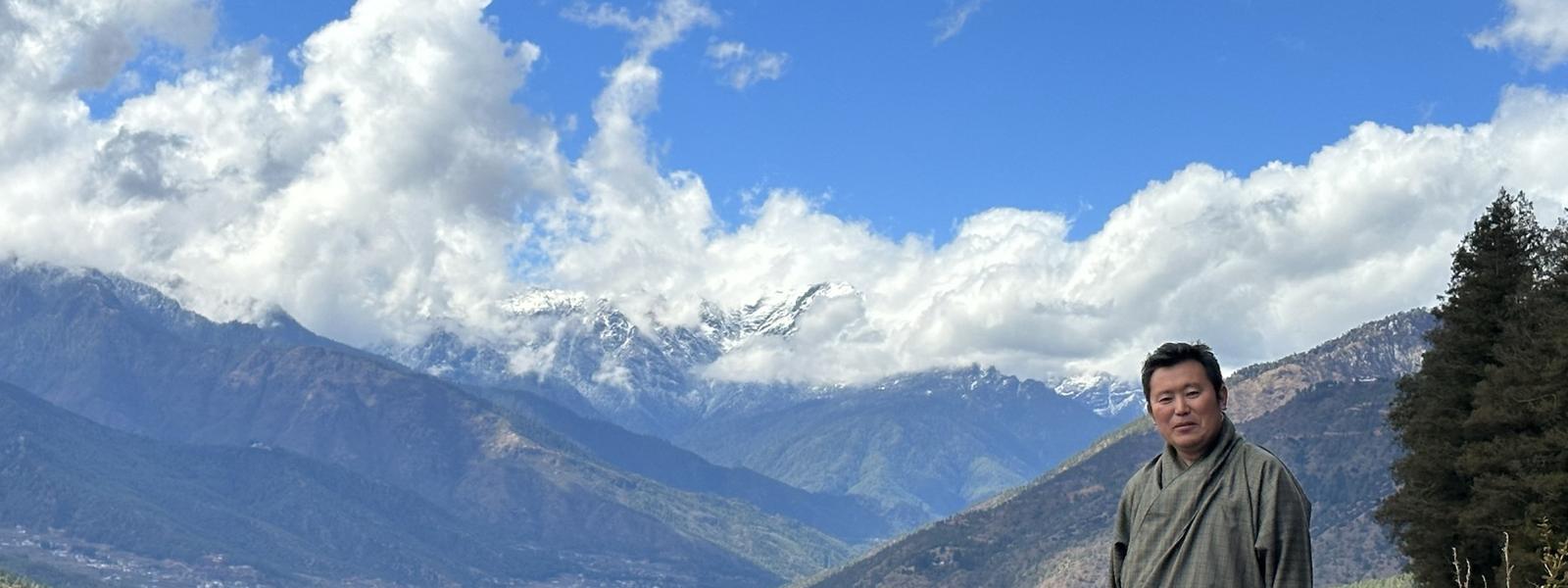When is the best time to visit Bhutan?
The best time to visit Bhutan is generally considered to be either in the spring, between March and May, or in the autumn from September to November. During these months the weather tends to be pleasantly dry and mild, and the scenery - never less than beautiful, of course - is at its most glorious. It’s no surprise that the most popular visitor sites in Bhutan, such as Taktsang Goemba, the Punakha Dzong and the Tashichho Dzong, can be crowded during spring and autumn, although even then, since there are firm restrictions on visa numbers, we’re not talking lengthy queues.
Bhutan weather & when to go
Pick a month below
Weather seasons are becoming less predictable but peak visitor months remain more certain.
Unfollow the herd - avoid the peak months to enjoy fewer crowds, better availability, often lusher countryside and help to spread the economic benefits of tourism.
Weather overview
With a terrain that ranges from towering mountains and deep glacial river valleys to thick tropical forest, it’s no surprise that the climate in Bhutan is astonishingly diverse. In the southern foothills, which continue into northern India, the elevation is as low as 200 metres above sea level, while in the northern reaches, bordering the Tibetan Autonomous Region and the eastern Himalayas, it can reach over 7,000 metres. A good rule of thumb when planning a trip to Bhutan is to assume that temperatures drop by around 7°C for every 1,000 metres you go up.
Most of the population chooses to live in Central Bhutan, which is characterised by dense, tropical forest and a relatively stable climate all year round, with cool summers and mild winters.
As with temperature and humidity, precipitation in Bhutan depends greatly on the altitude. The north sees an average of just 40mm annually, most of which is snow. The temperate centre and highlands receive around 1,000mm of rainfall every year, ideal for rice-growing in the Punakha Valley, while in the south it is a lot wetter, averaging around 7,800mm.
Bhutan seasons and monsoons
Bhutan has four distinct seasons, with annual monsoons sweeping up from India and typically running concurrent with summer and early autumn.
Bhutan in Winter
Winter begins in late November and continues to early March. Anywhere above 3,000 metres will likely be affected by heavy snow, and traces of frost can be found across the whole country. Gale force winds rocket through the highest mountain passes in winter, making a fearsome clamour - it is from these intimidating gusts that Bhutan derives its nickname, ‘Land of the Thunder Dragon’. More remote villages, temples and monasteries may be cut off, and the roads, particularly in the east of the country, will be difficult to navigate. But while high mountain passes endure almost polar conditions, the central highlands and further south will be far warmer and still ideal for hiking. Although the weather is usually sunny, winter temperatures in Bhutan frequently drop below zero. Paro, in the west, can be almost -6°C in January, but again in the south and east conditions are usually significantly milder.
Bhutan in Spring
Bhutan’s spring is fairly short, usually lasting from early March to mid-April, when the summer rains get underway. Temperatures are mild, and melting snows give way to gorgeous wildflowers covering the hillsides, while both humidity and rainfall are low. But what really recommends a spring holiday in Bhutan is the clarity of the views. You can expect some absolutely stunning Himalayan panoramas at high elevations.
Bhutan in Summer
The long summer begins in mid-April and continues through to mid-September. Rainfall is at its heaviest from late-June onwards, as frequent monsoons drench parts of the country, especially in the south. There is a risk of flash floods during summer, which can affect rural communities, road travel and domestic flights. Humidity is high, but there can still be substantial drops in temperature after nightfall, especially in northern areas. In July (the warmest month of the year in Bhutan) temperatures can reach 31.5°C in the east of the country, with highs of around 26°C in the capital, Thimphu.
Bhutan in Autumn
The rains lead into autumn, which starts in late September or early October, and is predominantly crisp, bright and sunny. Again, the views are often sensational at this time of year, hence this being another peak season. Higher elevations in the north could well be experiencing some early snowfall as the autumn months progress.
Accommodation in Bhutan varies greatly, but they are always geared up to look after winter travellers well. Your room may have either an electric heater or an open fire, and thick cosy blankets on the bed. Between late-spring and autumn you can often get away with just light clothing, but it’s advisable to always pack a few warm items and some waterproofs too.

